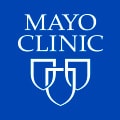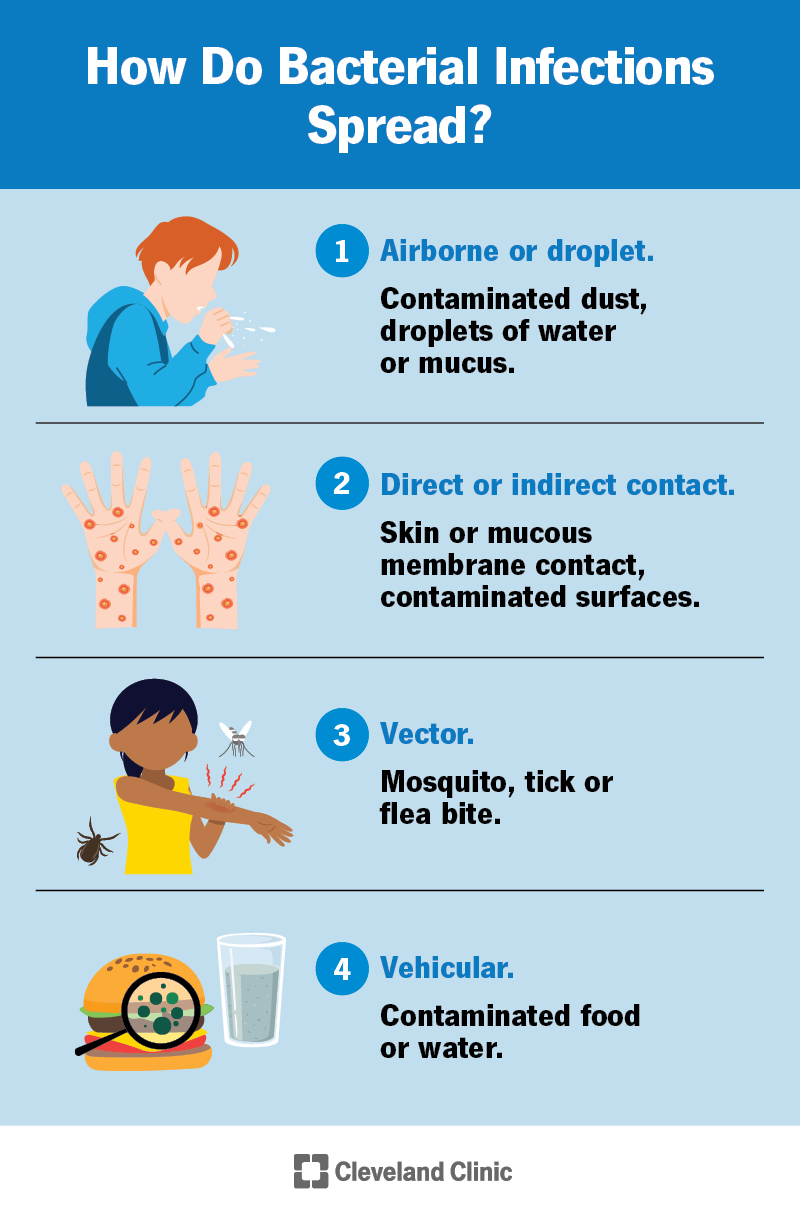Explore web search results related to this domain.
14 votes, 37 comments. This is the first cod I played since Cod WW2 and the first cod I actually played Infected on since Cod Ghost . Infected was my…
Games end in like 1:30s , why tf do infected have 10 throwing knives? why is there only 1 loadout?why do you show the last remaining survivors on the radar constantly so everyone can just rush you with the fast ass tactical sprint? no specialist… like wtf happened?Posted by u/BabyItsAlright - 14 votes and 37 commentsI agree. Being limited to only one weapon, which is also a close range pump action. Each infected running with essentially 10 throwing knives. And claymores exploding and killing you, even if they were not yours. It is impossible to win atm. Not even thinking about going for nukes, as is.I concur, it feels literally impossible to win as the survivor. 10 snowballs is way too much, even with the damage scaling. 10 infected with 10 snowballs on each tac insert respawn is literally impossible to dodge.

Viruses, bacteria, fungi and parasites can all cause infection. Find out more about how to prevent and treat these conditions.
Our caring teams of professionals offer expert care to people with infectious diseases, injuries and illnesses.Infectious diseases are disorders caused by organisms — such as bacteria, viruses, fungi or parasites. Many organisms live in and on our bodies. They're normally harmless or even helpful.Some infectious diseases can be passed from person to person. Some are transmitted by insects or other animals.Signs and symptoms vary depending on the organism causing the infection, but often include fever and fatigue.

There is a close connection between microbes and humans. Experts believe about half of all human DNA originated from viruses that infected and embedded their nucleic acid in our ancestors’ egg and sperm cells.
Outside a living cell, a virus is a dormant particle, lacking the raw materials for reproduction. Only when it enters a host cell does it go into action, hijacking the cell’s metabolic machinery to produce copies of itself that may burst out of infected cells or simply bud off a cell membrane.Viruses are responsible for a wide range of diseases, including the common cold, measles, chicken pox, genital herpes, and influenza. Many of the emerging infectious diseases, such as AIDS and SARS, are caused by viruses.They have evolved many different behaviors over a wide range of habitats, learning to adhere to cells, make paralyzing poisons and other toxins, evade or suppress our bodies’ defenses, and resist drugs and the immune system’s antibodies. Bacterial infections are associated with diseases such as strep throat, tuberculosis, staph skin infections, and urinary tract and bloodstream infections.The other three major types of infectious agents include fungi (spore-forming organisms that range from bread mold to ringworm to deadly histoplasmosis), protozoa (such as the agents behind malaria and dysentery), and helminths (parasitic worms like those that cause trichinosis, hookworm, and schistosomiasis).

A rapid rise in reports from around the world of a deadly fungal infection is sounding alarm bells about the dangers of drug resistant diseases. First discovered in Japan in 2009, Candida auris is a type of yeast that can cause severe illness and spreads easily in health care facilities.
Widespead infections in the US led the Center for Disease Control and Prevention (CDC) to label it an “urgent threat.” More recently, scientists in China called for closer monitoring of the potentially fatal fungus after a study showed found that almost all of the cases recorded there in 2023 exhibited resistance to drugs.

A cluster of rare fungal infections was found in two pet cats and a vet who treated them, the CDC reported. Here's what to know about sporotrichosis.
It’s generally picked up through contact with sharp plants that can pierce the skin like rose thorns, which is how it earned the moniker “rose gardener’s disease.” Sporotrichosis tends to cause a skin infection that’s very slow to heal, but it isn’t contagious, according to the CDC.When cats are infected, however, they carry a very high fungal load, meaning their wounds have a higher risk of spreading the infection to other cats, dogs and people, said Ian Hennessee, an epidemic intelligence service officer at the CDC and the lead author of the report.The first case was in an indoor-outdoor cat who had a wound on her paw that didn’t heal with antibiotics. She spread the infection to a veterinary technician through a scratch, puncturing the tech’s glove and the skin beneath.Neither the first cat nor the vet tech were immediately diagnosed with the fungal infection, delaying how quickly they were given antifungal drugs. The vet tech was put on an antifungal for eight months and her infection cleared. The first cat also got an antifungal, but she eventually got sicker and her owners had her euthanized.

The Queen hopes to be well enough to attend Remembrance events this weekend, Buckingham palace says.
Queen Camilla has pulled out of a number of scheduled engagements because of a chest infection, says Buckingham Palace.A statement from the Palace on the Queen's health said: "Her Majesty The Queen is currently unwell with a chest infection, for which her doctors have advised a short period of rest.
Infection refers to an invasion of the body by harmful microorganisms or parasites. The severity can range from mild to fatal. Treatment depends on the type of infection.
Some pathogens have little effect at all. Others produce toxins or inflammatory substances that trigger negative responses from the body. This variation means that some infections are mild and barely noticeable, while others can be severe and life threatening.Viruses invade a host and attach themselves to a cell. As they enter the cell, they release their genetic material. This material forces the cell to replicate the virus, and the virus multiplies. When the cell dies, it releases new viruses, which infect new cells.Many fungal infections develop in the upper layers of the skin, and some progress to the deeper layers. Inhaled yeast or mold spores can sometimes lead to fungal infections, such as pneumonia, or infections throughout the body.An infection occurs when a microorganism — such as bacteria, fungi, or a virus — enters a person’s body and causes harm.

90 votes, 68 comments. I've left a fairly hoppy ale in primary for about three weeks as I've not had the change to bottle it yet. Planning to…
Wtf is this? Infection? You answered your own question - it's a biofilm aka pellicle. So yes. Anyone know what bacteria may be causing this?Lots of people here are saying not to throw it out because it might turn out good. Yeah, if you wait months or even years, it might. Or it might take that long and still turn out undrinkable like most infected beers do.Hey man, pro brewer here, just want to pipe in here like I do in every thread like this, a pellicle is NOT NECESSARILY indicative of an infection. Brewers yeast can produce it when faced with oxidation. I've seen it happen in barrel aged beers I have made, years later the bottles have not changed at all.I also saw it once in a 10bbl tank of IPA that sat for a month post fermentation in a fermentor that wasn't pressurized(we were waiting for cans to come in and the owner didn't think my oxidation concerns were warranted), and those cans never refermented. Not saying it DEFINITELY isn't infected, just saying its possible its fine.


Syphilis is one of the oldest known sexually transmitted infections. Once thought to be in decline, it is now resurging at an alarming rate.
It felt strange to be accused and it took some time to de-escalate." Tushar got tested and treated that week. "People mistakenly think syphilis is something that cannot be cured. People don't understand what it means to still have syphilis antibodies and not have the infection."Congenital syphilis – where a mother passes the infection to her child during pregnancy, often after contracting it from their partner – has risen particularly sharply, with 3,755 cases in the US in 2022, an increase of 30% compared to 2021 and more than double the number of cases in 2018.The infection is caused by a bacterium called Treponema pallidum and symptoms are divided into four stages. The earliest is characterised by a painless sore at the site of contact or a rash. An intramuscular dose of penicillin is considered to be the most effective way of treating the infection.In recent decades, most cases of syphilis are among gay, bisexual and other men who have sex with men. Some parts of the world, however, are seeing a decrease in syphilis cases among men. Rates of infectious syphilis in Canada decreased among males, for example.
Many types of infections can leave people with symptoms that last even after appropriate treatment.
Infections can sometimes leave people with symptoms that last for weeks to months or longer, even after appropriate treatment. Some of these symptoms are well-recognized and specific to the type of infection, for example, loss of smell and COVID-19. Other symptoms are unexplained and general (e.g., fatigue or difficulty thinking).The type, duration, and intensity of chronic symptoms following an infection can be different from person to person. Symptoms may come and go or vary in severity (how bad the person feels over time). Some patients’ symptoms slowly improve with time. However, it can take weeks and sometimes years to feel well.Many infections can result in chronic general symptoms that look similar to ME/CFS. CDC believes that by looking across the infections known to cause chronic symptoms, we can learn more about how often and why they occur, as well as how to diagnose and treat them.Symptoms can follow many different types of infections.

NCI's Dictionary of Cancer Terms provides easy-to-understand definitions for words and phrases related to cancer and medicine.

The Metropolitan Police has launched a murder probe in south London after the death of the 26-year-old died of stab wounds.Separate stabbing incidents » · Conservative leadership hopeful Boris Johnson has defended his infamous description of black people in Africa bearing “watermelon smiles” ...

Trichophyton mentagrophytes type VII is the latest in a group of severe skin infections to have reached the United States. See symptoms, what it is.
In the report, Caplan wrote the rash may look more like an eczema flare than a ringworm infection, which usually forms in a circular pattern on skin.The dermatologist said the infection is not fatal but can cause permanent scarring.Caplan said he previously identified the first two cases of a different ringworm infection last year.Those infections, caused by Trichophyton indotineae, are not STIs but are contagious and drug-resistant, the doctor reported.
Specific medications used to treat infections include antibiotics, antivirals, antifungals, antiprotozoals, and antihelminthics. Infectious diseases resulted in 9.2 million deaths in 2013 (about 17% of all deaths).
Ascomycota, including yeasts such as Candida (the most common fungal infection); filamentous fungi such as Aspergillus; Pneumocystis species; and dermatophytes, a group of organisms causing infection of skin and other superficial structures in humans.Macroparasites (worms or helminths) including nematodes such as parasitic roundworms and pinworms, tapeworms (cestodes), and flukes (trematodes, such as schistosomes). Diseases caused by helminths are sometimes termed infestations, but are sometimes called infections.Arthropods such as ticks, mites, fleas, and lice, can also cause human disease, which conceptually are similar to infections, but invasion of a human or animal body by these macroparasites is usually termed infestation.The signs and symptoms of an infection depend on the type of disease. Some signs of infection affect the whole body generally, such as fatigue, loss of appetite, weight loss, fevers, night sweats, chills, aches and pains.An infection is the invasion of tissues by pathogens, their multiplication, and the reaction of host tissues to the infectious agent and the toxins they produce. An infectious disease, also known as a transmissible disease or communicable disease, is an illness resulting from an infection.

Bacterial infections are caused by harmful bacteria and can affect many parts of your body. They can be minor or serious and are often treated with antibiotics.
Bacterial infections are diseases that can affect your skin, lungs, brain, blood and other parts of your body. You get them from single-celled organisms multiplying or releasing toxins in your body. Common bacterial diseases include UTIs, food poisoning, STIs and some skin, sinus and ear infections.Bacterial infections can spread between people, in airborne particles, through bug bites or through contaminated food, water or surfaces.Bacterial infections are any illness or condition caused by bacterial growth or poisons (toxins).Harmful bacteria from the environment, an infected person or animal, a bug bite or something contaminated (like food, water or surfaces) can cause infections.


The long-time Iowa legislator is receiving antibiotic infusions in his home state of Iowa.
Republican Chuck Grassley, the oldest member of the US senate, has been admitted to hospital where he is being treated for an infection."Senator Chuck Grassley (R-Iowa) is receiving antibiotic infusions at an area hospital to treat an infection," his office said in a statement on Tuesday night.

A record number of cases of streptococcal toxic shock syndrome (STSS) in Japan this year has focused attention on the rare and potentially deadly bacterial infection. There have been 1,019 cases of STSS in the first six months of 2024, surpassing the total number recorded last year in the country.
A digitally colorized image depicts Group A Streptococcus (GAS), Streptococcus pyogenes bacteria on the surface of a human white blood cell. (National Institute of Allergy and Infectious Diseases/Centers for Disease Control and Prevention)GAS in general often causes sore throat and skin infections, said Céline Gounder, editor-at-large for public health at KFF Health News and an infectious-disease specialist and epidemiologist at NYU and Bellevue Hospital.STSS is “highly associated” with necrotizing fasciitis, a flesh-eating form of Group A Strep bacteria that STSS can co-occur with, said Andrew Steer, director of infection, immunity and global health at Murdoch Children’s Research Institute in Melbourne, Australia.Steer said there are often no prior warning signs. “You tend to be well, and then become acutely quite sick,” he said, adding that a sunburn-like rash could also be one of the first indications of infection.
Many bacterial infections can be treated with antibiotics, but they are useless against viral infections.
Many human infections are caused by either bacteria or viruses. Bacteria are tiny single-celled organisms, thought by some researchers to be related to plants. They are among the most successful life forms on the planet, and range in habitat from ice slopes to deserts.Bacteria can be beneficial – for instance, gut bacteria help us to digest food – but some are responsible for a range of infections. These disease-causing varieties are called pathogenic bacteria. Many bacterial infections can be treated successfully with appropriate antibiotics, although antibiotic-resistant strains are beginning to emerge.Depending on the sort, cocci bacteria group themselves in a range of ways, such as in pairs, long lines or tight clusters. Examples include Staphylococci (which cause a host of infections including boils) and Gonococci (which cause the sexually transmissible infection gonorrhoea).They may also inactivate toxins produced by particular pathogens, for example tetanus and diphtheria. Serious infections can be treated with antibiotics, which work by disrupting the bacterium’s metabolic processes, although antibiotic-resistant strains are starting to emerge.


Japan is dealing with rising cases of a disease caused by a rare “flesh-eating bacteria” that can kill people within 48 hours.
Health authorities have reported over 1,000 cases of streptococcal toxic shock syndrome (STSS) as of early June, higher than the record 941 cases reported for all of 2023. At the current rate of infection, experts fear the number of cases in Japan could reach 2,500 this year.

Tuberculosis is once again the infectious disease responsible for the most deaths worldwide, according to a Tuesday announcement from the World Health Organization. Here's what you need to know.
Tuberculosis (TB) is once again the infectious disease responsible for the most deaths worldwide, according to a Tuesday announcement from the World Health Organization (WHO).COVID-19 had overtaken TB as the world’s leading infectious killer for the previous three years.While around 25% of people have likely been infected with the bacteria, only 5% to 10% will experience symptoms and develop the disease, the same source stated.The best means of prevention is testing those at risk and treating latent tuberculosis infection (LTBI), a doctor advised.







